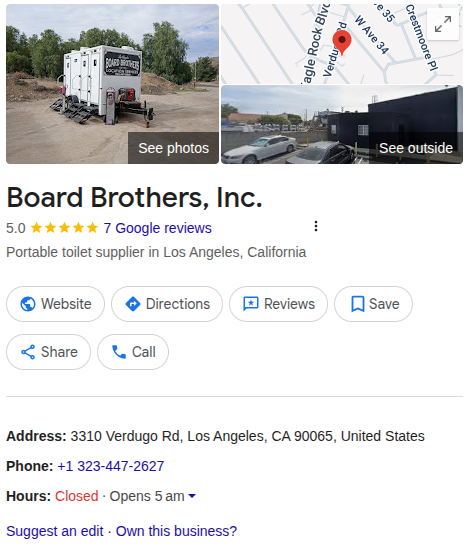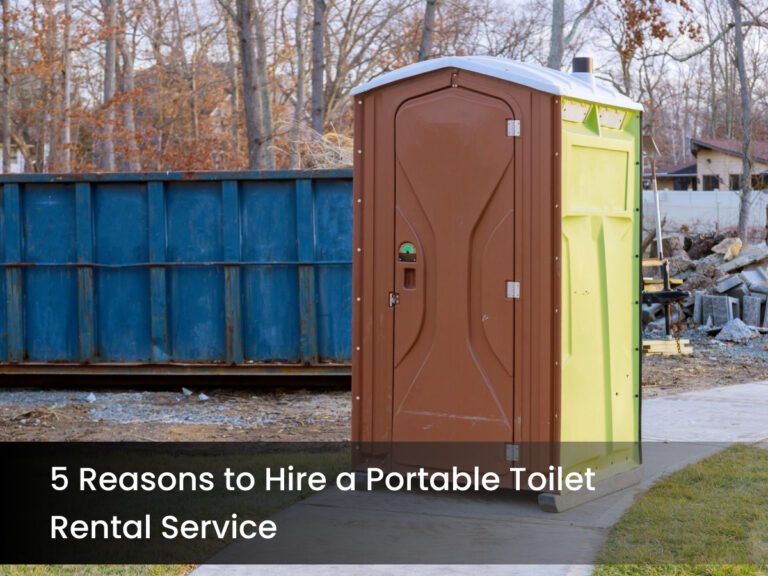Stay Clean Anywhere isn’t just a slogan—it’s a strategy. This Ultimate Guide shows how simple, self-contained Portable Hand Washing Stations allow for proper hand hygiene wherever people gather. Board Brother’s Portable Hand Washing Stations quickly provide soap and water hygiene to locations without plumbing, whether you’re throwing an outdoor event, overseeing a construction site, operating a food truck, or erecting a pop-up.
In the next few minutes, you’ll learn what these Portable Hand Washing Stations are, where they shine, which features matter such as from foot pedals to tank capacity, how many you actually need, and smart setup tips to keep lines moving and hands truly clean. As Board Brothers says that if your goal is to stay clean anywhere—without hassle—this guide will help you pick the right station, place it in the right spot, and keep it stocked so guests and crews can wash up with confidence.
Portable Hand Washing Station
A Portable Hand Washing Stations is a self-contained sink unit that brings hand hygiene to places without built-in water lines. Most units include:
- Greywater and freshwater tanks
- Hands-free operation (often through a foot pedal or sensor)
- Paper towel holder and soap dispenser
- Handles or wheels for convenient positioning
Portable hand washing stations’ sturdy design, simplicity of maintenance, and speed of setup make them perfect for both short-term gatherings and long-term sites.
Why Portable Hand Washing Stations Matter
There is more to hand hygiene than just a “nice to have.” Portable Hand Washing Stations boost visitor confidence, reduce the spread of germs, and often promote compliance with health regulations, especially near food service areas, crowded events, educational institutions, and construction sites. Portable handwashing stations can help place sinks exactly where people need them.
Smart Places to Use Them
- Festivals and Outdoor Events: Set up near food courts, rest areas, and entrances.
- Place units close to temporary facilities and break places on construction and industrial sites.
- Add sinks to areas where teams congregate or where children play in parks, schools, and camps.
- Healthcare & Community Clinics: Beneficial for mobile setups or screening tents.
- Emergency Response & Disaster Relief: Ensure that handwashing is dependable and safe everywhere.
- Food trucks and caterers: Make sure a station is conveniently located for employees and visitors.
Types of Portable Stations
- Foot-pedal sinks are extremely dependable and hygienic that eliminate the need to touch the taps.
- Touchless sensor sinks are ideal for upscale gatherings or settings where people’s health is a concern.
- Compact single-base units are ideal for small spaces.
- For larger audiences and busy service areas, double-basin units are ideal.
Key Features to Look For
- Hands-Free Operation: Foot pedals or sensors are used to reduce cross-contamination.
- Tank Capacity: Larger freshwater or greywater tanks need fewer refills on hectic days.
- Durability: Sturdy materials resist weather and transportation.
- Mobility: Quick and adaptable setup is made possible by integrated wheels and thin profiles.
- Paper towel dispensers, soap built in, and optional sanitizer are among the supplies and refills.
- ADA Considerations: When necessary, inquire about accessible heights and clearances.
- Service Support: Everything functions properly thanks to delivery, setup, and routine maintenance.
How Many Stations Do You Need?
Although there isn’t a single solution that works for everyone, here are some helpful points:
For general events, there should be one Portable Hand Washing Stations for every 50–100 visitors.
Zones with a lot of food or high contact: Increase the number of stations to reduce lineups.
Jobsites or events that last several days: Select units with a larger capacity or schedule refills.
People are significantly more likely to wash when it’s handy, thus it’s safer to add one additional Portable Hand Washing Stations than to generate lengthy wait periods.
Setup & Maintenance Tips
- Place Portable Hand Washing Stations close to restrooms, food lines, entrances, and busy hallways. Maintain stable and unobstructed roads.
- Signage: straightforward “Wash Your Hands Here” signage promote use.
- Refills: Take note of the water, soap, and towel levels and replenish them before they run low.
- Touchpoint Sanitization: Clean handles, sinks, and dispensers all day long.
- Wastewater Handling: Make sure your rental company fully empties and disposes of your greywater tanks.
Rent vs. Buy: What’s Best?
- Renting: Great for events and short-term jobsites. You get delivery, setup, supplies, maintenance, and pickup in one package.
- Buying: Makes sense for ongoing, permanent needs if you can handle cleaning, refilling, and servicing in-house.
How the Rental Process Works
- Provide the following details about your plan: Date, venue, number of attendees, layout, and any special needs.
- Get a tailored recommendation: We’ll suggest the right mix of station types and capacities.
- Delivery & setup: Units arrive clean, stocked, and ready to go—exactly where you want them.
- Service & pickup: We handle refills, maintenance, and removal when you’re done.
Ready to place stations where they matter?
Clean hands are just easier when sinks are exactly where people need them. If you want a smooth, fully serviced setup, check out Board Brothers for reliable Portable Hand Washing Stations.
FAQs
Q1. Do portable hand washing stations require electricity or plumbing?
The majority of units don’t require power or plumbing and are fully self-contained. Many touchless devices use sensors that are powered by batteries, and foot-pedal types operate on basic mechanics.
Q2: How frequently do they require servicing or refilling?
Tank size and usage determine this. Checks are frequently made every day for big events. When you rent, your provider can arrange cleanings and refills to fit your hours and crowd.
Q3: How hygienic are these stations?
Yes, stations are kept hygienic via sealed tanks, hands-free operation, and routine cleanings. To promote appropriate use, post obvious signs and make sure soap and paper towels are constantly available.
Q4: How about accessibility for the ADA?
Request ADA-compliant versions with clear front approaches and accessible heights. Placement and compliance advice can be obtained from your rental team.
Q5: Are Portable Hand Washing Stations suitable for both indoor and outdoor use?
Of course. They are made to be flexible. Select robust units for outdoor use and set them up on flat, stable surfaces. Verify the delivery and removal routes for indoor use.




